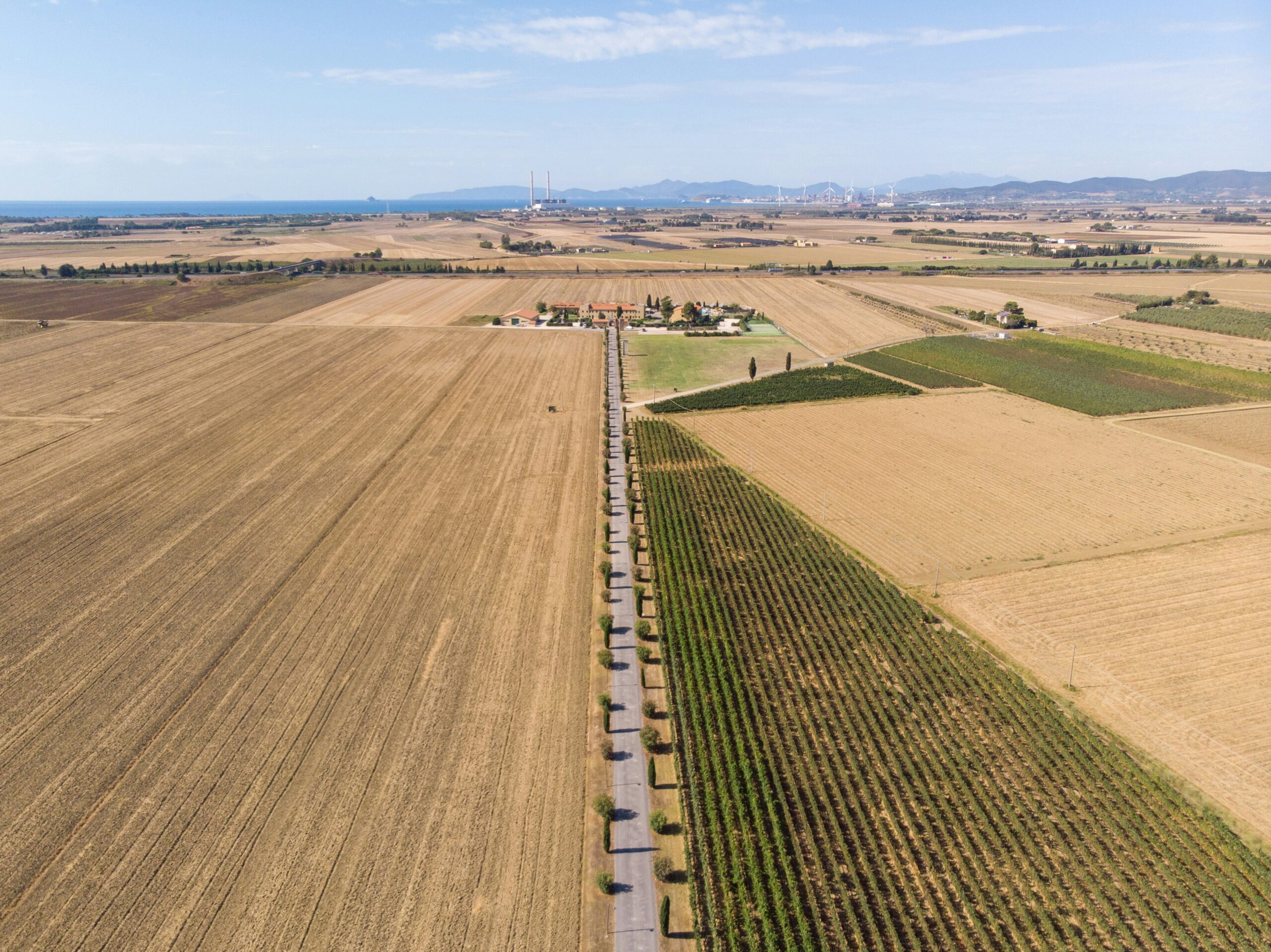Have you ever wondered where you can observe traditional agricultural practices in rural areas? You might be surprised to learn that there are several hidden gems scattered around the globe where you can experience age-old farming techniques. These places offer a unique glimpse into the agricultural heritage that has sustained communities for generations.

Understanding Traditional Agricultural Practices
Traditional agricultural practices refer to farming methods that have been passed down through generations, often characterized by their sustainability, eco-friendliness, and reliance on natural resources. These methods include crop rotation, terrace farming, use of organic fertilizers, and manual labor. Observing these practices provides insights into how humanity managed to cultivate the land long before the advent of modern machinery.
Importance of Traditional Farming
Traditional farming techniques are not just relics of the past. They offer valuable lessons in sustainability and biodiversity that modern agriculture can benefit from. For example, crop rotation helps maintain soil fertility and reduce pests, while the use of organic fertilizers minimizes environmental pollution.
Diversity of Techniques
Different regions have developed unique farming techniques suited to their specific environmental conditions. This diversity highlights the ingenuity and adaptability of human societies in optimizing agricultural productivity in varied landscapes.
Hidden Spots in Europe
Europe is home to a myriad of rural areas where traditional agricultural practices are still alive. These places offer not only beautiful landscapes but also a journey back in time to observe methods that have stood the test of time.
Basque Country, Spain
The Basque Country in northern Spain is renowned for its rich agricultural heritage. Here, you can find small family-owned farms employing techniques like terrace farming and traditional livestock raising. The region’s lush green landscapes and mountainous terrain make it an idyllic spot for experiencing time-honored farming methods.
Tuscany, Italy
Tuscany’s rolling hills are not just picturesque but also home to vineyards and olive groves that have been tended using traditional practices for centuries. Visit small villages like Pienza or Montalcino to witness grape harvesting and olive pressing, both of which are carried out using age-old techniques.
Hidden Spots in Asia
Asia, with its vast cultural heritage, offers several hidden gems where traditional agricultural practices can be observed in their purest form.
Sapa, Vietnam
Nestled in the northern mountains of Vietnam, Sapa is known for its stunning rice terraces. These terraces have been cultivated by the Hmong, Dao, and other ethnic minorities for hundreds of years. The intricate irrigation systems and the hard labor involved in maintaining these terraces are a testament to the region’s agricultural wisdom.
Kerala, India
Kerala, located in southern India, is lush with paddy fields, coconut groves, and spice plantations. Traditional methods like organic manuring and manual plowing are still widely practiced here. Witnessing the traditional practices in Kerala’s rural areas provides a deep understanding of the region’s agrarian lifestyle.
Hidden Spots in Africa
Africa’s rural landscapes are often overlooked gems where traditional farming methods continue to thrive. These areas are rich in cultural history and offer unique farming practices worth exploring.
Rwenzori Mountains, Uganda
Known as the “Mountains of the Moon,” the Rwenzori Mountains in Uganda are home to the Bakonzo and other indigenous communities. These communities practice slash-and-burn agriculture and other traditional methods suited for the mountainous terrain. The rich biodiversity of the region adds another layer of interest to your visit.
Omo Valley, Ethiopia
The Omo Valley is a cradle of traditional practices. Here tribes like the Hamar and Mursi cultivate sorghum and other crops using ancestral methods. Observing these practices provides a unique insight into the blend of culture and agriculture in Ethiopia.

Hidden Spots in the Americas
From the Andean terraces to the North American plains, the Americas offer a wide range of hidden spots where you can observe time-honored farming practices.
Sacred Valley, Peru
Situated in the Andes, the Sacred Valley of Peru is known for its ancient Incan terraces. Cultivation techniques here have been passed down through generations and include sophisticated irrigation systems and crop rotation methods.
Amish Country, Pennsylvania, USA
In the heart of Pennsylvania, the Amish community continues to farm using methods that have barely changed over the centuries. Horse-drawn plows, manual planting, and organic fertilizers are the norms here. Observing these practices provides a stark contrast to modern mechanized farming.
Hidden Spots in Oceania
Oceania, with its unique landscapes, offers some fascinating hidden spots where traditional agricultural practices can still be observed.
Taveuni, Fiji
Known as the “Garden Island,” Taveuni is rich in volcanic soil, making it ideal for diverse farming practices. The Fijians here grow taro, yams, and other crops using traditional methods passed down through generations.
Hunter Valley, Australia
While known primarily for its wine, Hunter Valley in New South Wales also has farms that use traditional practices. Small-scale, family-run vineyards and farms still employ age-old techniques that offer a glimpse into the region’s agricultural past.

Benefits of Observing Traditional Agricultural Practices
Learning and Inspiration
Witnessing these age-old techniques can provide valuable lessons in sustainability and resource management. You may find inspiration for modern applications, like implementing crop rotation in a home garden to improve soil health.
Cultural Appreciation
Understanding the traditional agricultural practices also allows for a deeper appreciation of the cultures that have developed and preserved these methods. It’s a way to connect with communities and their histories, enriching your travel experiences.
Environmental Awareness
Traditional farming methods are often more eco-friendly, relying less on chemical inputs and more on natural processes. Observing these techniques can increase your awareness of sustainable practices and their importance in today’s world.
Supporting Local Economies
Visiting these rural areas often contributes to the local economy. By buying local produce or paying for farm tours, you help sustain these communities and encourage the preservation of their agricultural heritage.
Conclusion: The Global Tapestry of Traditional Farming
Traditional agricultural practices offer a rich tapestry of human ingenuity, cultural heritage, and sustainable living. From the rolling hills of Tuscany to the terraces of Sapa and the valleys of Peru, each region offers unique insights into how humanity has interacted with the land for millennia.
By visiting these hidden spots, you do more than just witness another way of life. You contribute to the preservation of valuable knowledge and traditions that hold lessons for a more sustainable future. Happy travels and may your journey through these hidden spots enlighten and inspire you.
